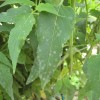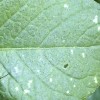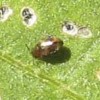The Wild World Within
Great article on the effect of diet on the health of your microbiome – bacteria, yeasts, and fungi that inhabit your gut. Your microbiome is potentially the cornerstone for health issues from weight, to mood, to allergies, and of course heart-health. Author: Gretel H. Schueller Article: The Wild World Within Magazine: Eating Well Issue: July / […]



